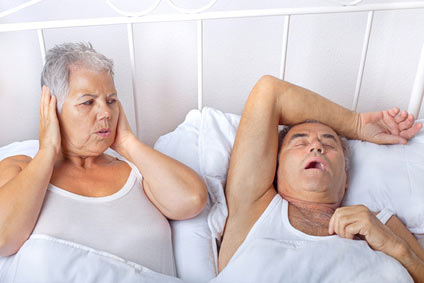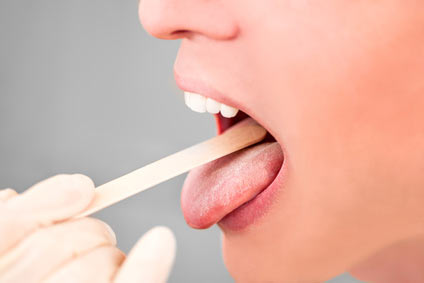Hypopnea Events
Discover what is hyponea and its link with sleep disorders

Hypopnea (HE) is a partial apnea event in which airflow from your lungs is reduced for at least 10 seconds. In other words, it manifests as a shallow breath that represents a decrease in your airflow.
If you have a 30% to 50% drop in airflow then doctors will diagnose you with HE. The diagnosis will be done during a sleep study.
On the other hand, an apnea event appears when the airflow than you breathe during sleep is blocked by an obstruction from your throat.
It's important for sleep apnea patients to understand these medical terms, because knowing how many hypopneas or apnea events they have in one night determines whether the person has a mild, moderate or severe sleep apnea.
Furthermore, hyponea may be just as physiologically disruptive as sleep apnea. Check the side effects of sleep apnea to understand what may happen to you if you have a shallow breathing during sleep.
How hypopnea and apnea event develop?
All starts from the things that narrows the upper airway - such as fatty deposits in the airway walls, enlarged tonsils, nasal congestion, an elongated uvula, or extra floppy tissue at the back of the palate - or from a brain damage (central sleep apnea). All these can cause an apnea event.
In many cases, people with sleep apnea were born with small airway openings, which makes the obstruction during sleep - causing apnea events.
Nevertheless, the more the airway narrows, the harder it is to breathe. As breath size gets smaller, the levels of blood oxygen drops and the levels of carbon dioxide increase.
In the end, the increasing effort required to breathe, along with the lack of oxygen and an increased level of carbon dioxide, causes the patient to awaken and gasp loudly for air.
Diagnosing sleep apnea with hypopnea events
Sleep Apnea is characterized by repetitive hypopnea or apnea episodes, where the upper airway is partial or total obstructed.
However, normal persons have sometimes HE, and they feel very good when they wake up in the morning. So, how many HE and apneas episodes have a patient with sleep apnea?
To answer this question, the sleep specialists use a simple measure called apnea index (AI).
An apnea index is a number of HE and apneas events per hour of sleep. In other words, a person who has 15 apnea events per hour of sleep would have an apnea index of 15 (AI=15).
After your sleep test, you will receive an information about your quality of sleep. If you see there an apnea index (AI) greater than 5, then is considered that you have a clinical sleep apnea.
Bottom line...To find out if your sleep apnea needs medical attention, it is important to know how many hypopneas and apnea events you have in one night. The greater the number of events, the more dangerous and severe is sleep apnea.
Home › What is Sleep Apnea › Hypopnea







